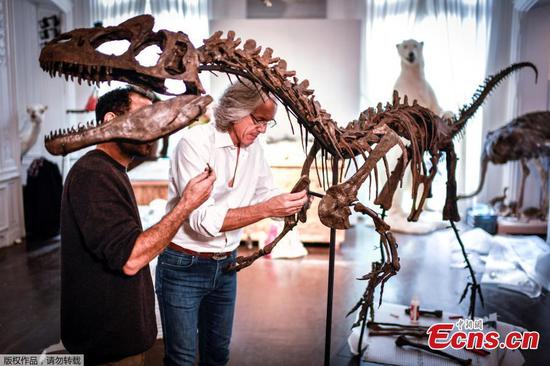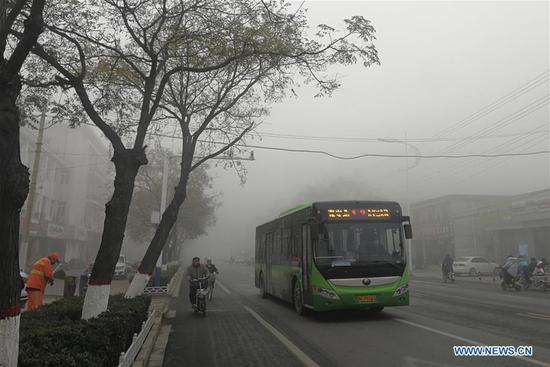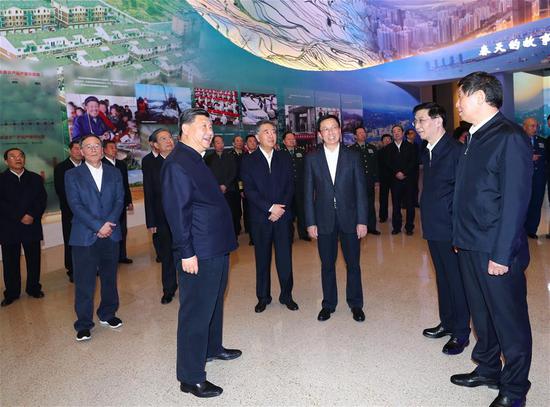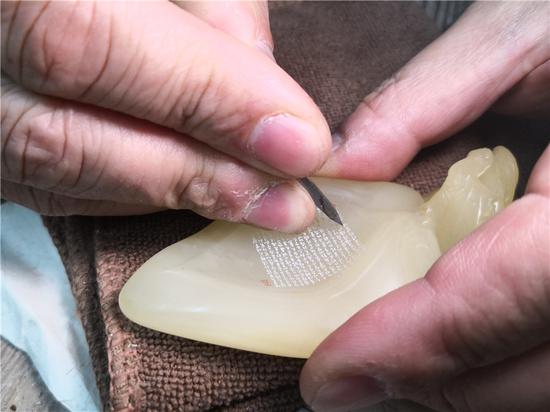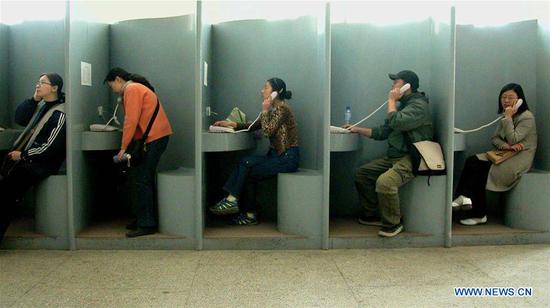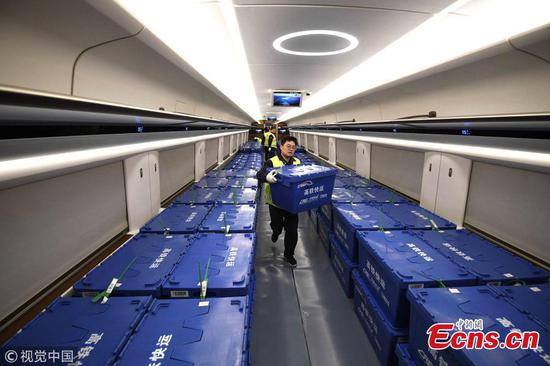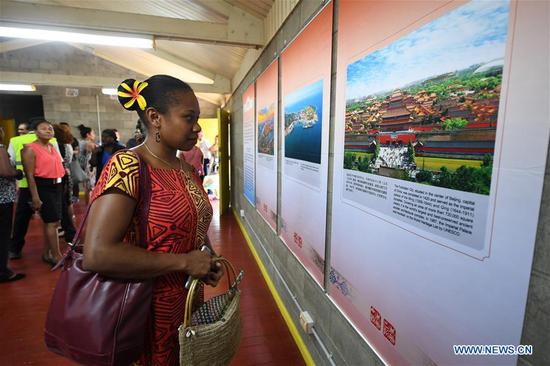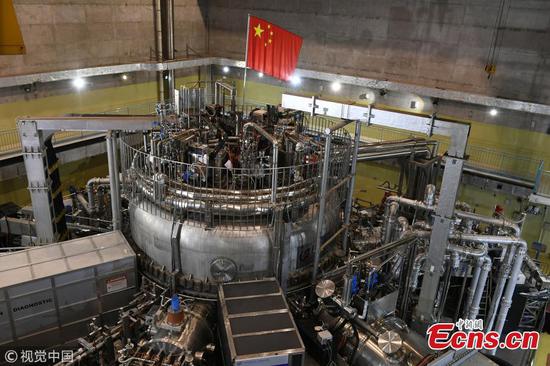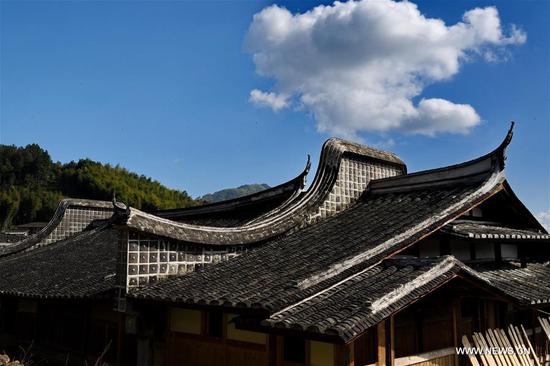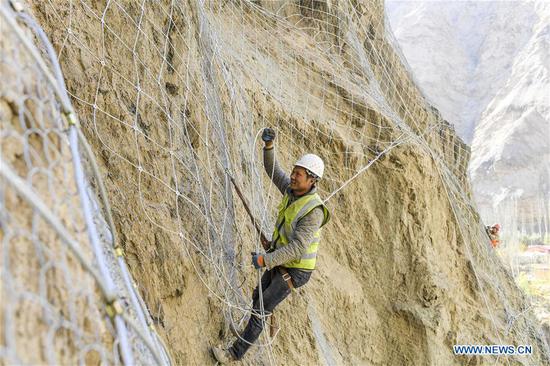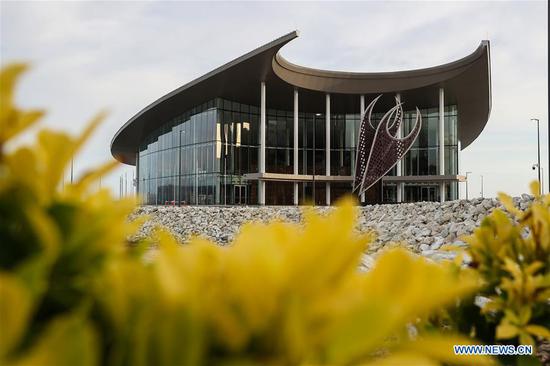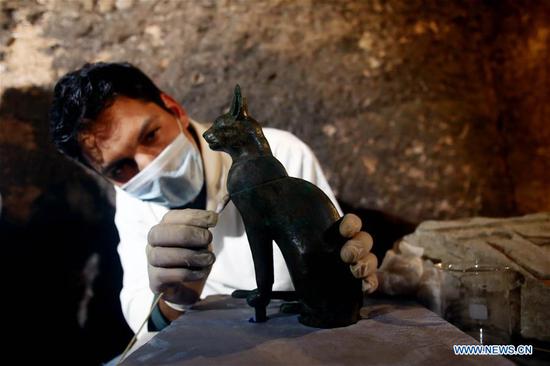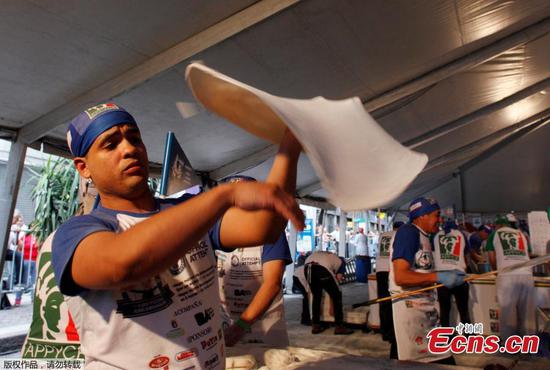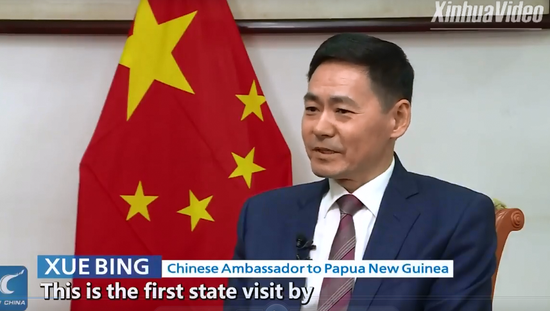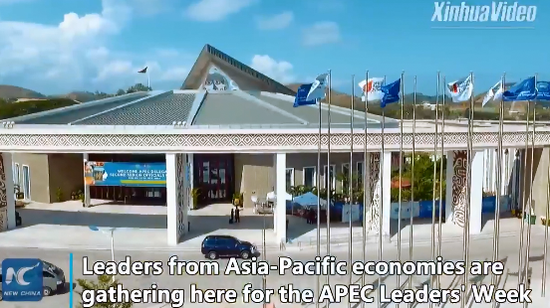Against the backdrop of an unpredictable world economic prospect, this year's Asia-Pacific Economic Cooperation (APEC) economic leaders' meeting is expected to highlight regional economic integration, digital economy and structural reform, and thus to give the world economy a much-needed boost.
The South Pacific island nation of Papua New Guinea (PNG) is hosting the APEC meeting on Nov. 12-18, with a theme of "Harnessing Inclusive Opportunities, Embracing the Digital Future."
REGIONAL INTEGRATION
The APEC meeting has three priority areas -- improving connectivity and deepening regional economic integration, promoting inclusive and sustainable growth, as well as strengthening inclusive growth through structural reform.
For more than a decade, APEC has been devoted to harmonizing the "spaghetti bowl effect" in the Asia-Pacific region and integrating numerous bilateral, trilateral and sub-regional free trade treaties into one.
Experts believe the Free Trade Area of the Asia-Pacific (FTAAP), a high-quality free trade arrangement covering all APEC economies, not only helps promote the free flow of trade and investment in the region, but also supports a more open Asia-Pacific economy.
The proposal of building the FTAAP was initiated in 2004 and written into the declaration of the APEC meeting in 2006. In the 2014 APEC meeting in Beijing, the initiative made a breakthrough with APEC members unanimously adopting the FTAAP Beijing Roadmap to achieve the goal.
In the following Lima APEC meeting and Da Nang APEC meeting, all member economies pledged to continue to support the multilateral trading system, promote the building of the FTAAP and push forward the realization of the Bogor goals for realizing free and open trade in the Asia Pacific.
At the 2017 APEC CEO Summit held in Da Nang, Vietnam, Chinese President Xi Jinping called for a full implementation of the 2014 Beijing Roadmap, and said the building of the FTAAP has been a "long cherished dream of the business community in our region."
Facing the challenges of anti-globalization and the trend of global trading system being fragmented, China's firm stand helps converge the political consensus among Asia-Pacific economies to realize the Bogor goals.
"The FTAAP is a strategic choice for long-term prosperity of the Asia-Pacific region. It will provide institutional guarantee for our region's open economy," said Tang Guoqiang, co-chair of the Pacific Economic Cooperation Council.
Alan Bollard, executive director of the APEC Secretariat based in Singapore, told Xinhua: "It's been a year of trade frictions and some different views on regional economic integration, so I'm expecting we'll have more discussions on whether or not APEC will be given a signal on a multilateral trading system, on how we will talk about a free trade area for Asia and Pacific, and on how we'll handle the new range of complicated issues around the digital economy."
DIGITAL ECONOMY
Under the theme of "Harnessing Inclusive Opportunities, Embracing the Digital Future," this APEC meeting is the first to put the digital economy a priority, showing the PNG's high emphasis on its impact and influence on the nation's economy.
"This is the first time that an APEC host has put the digital economy front and center as part of their overarching theme for the year. Obviously, this is the priority for the government of Papua New Guinea," said APEC Economic Committee Chair Robert Logie.
"They want to have their people take advantage of the opportunities offered by the digital economy as soon as possible. For that, you need certain policy reforms. You need policies that encourage the rapid rollout of high-speed internet, for example," Logie said.
"Digital trade and e-commerce are creating more opportunities for our micro, small and medium enterprises (MSME)," noted PNG Foreign Affairs and Trade Minister Rimbink Pato. "We need to keep our markets open and make necessary investments to develop our domestic infrastructure and human resources to ensure that the benefits from open and free markets are diffused to all segments of our society."
According to APEC statistics, there are currently 110 million MSME in the Asia-Pacific region, accounting for 97 percent of the region's total enterprises, and creating jobs for over half of the total population.
APEC Business Advisory Council's senior official Stan Joyce said digital innovation and platform developed at present are a stepping-stone for APEC economies to embrace and use to expand their opportunities.
"ICT (information and communication technology) infrastructure is key to digital inclusion. In many economies, digital infrastructure is concentrated only in urban areas. What is required is all ways of thinking to deliver infrastructure to everybody in our economies," he said.
"Recommendations such as regional benchmark and internet speed and minimum internet penetration must be integrated into the national broadband plans of individual economies," he said.
According to Joyce, digital technologies will facilitate MSME to get quick access to finance and market, help them harness opportunities in e-commerce, digitization, regulation and capacity building, and enable budding entrepreneurs to participate more in this sector.
STRUCTURAL REFORM
This year's APEC agenda also highlights sustainable growth and economic inclusion. To achieve these goals, Logie said, APEC economies need to undertake structural reforms to support increased trade and investment, including digital trade, and make sure that everyone benefits from the digital economy.
"Structural reform means promoting competition, making it easier to set up and operate a business while ensuring that people have access to necessary services," he explained.
He said APEC economies are now "more deliberate" about implementing structural reforms in such areas as public sector management, as well as rengthening economic and legal infrastructure and the overall regulatory process and so on.
"This approach has real benefits," he said. "It could help bring groups who were previously excluded into the formal economy -- women, indigenous people and small businesses, for example -- and help them access the digital economy."
According to a mid-term review in August, APEC economies continue to make progress in implementing structural reforms meant to expand opportunities and promote inclusion across the Asia-Pacific region.
The review said that APEC's structural reform agenda is organized into three pillars: developing more open, transparent and competitive markets; deepening the participation of all segments of society; and establishing sustainable social policies.
However, the report noted that more work is needed to strengthen markets. "The assessment indicates that we should do more to deepen the participation of wider segments of society in the market," co-author of the review Andre Wirjo said. "More could be done to remove barriers to the economic participation of women, youth, and small businesses."
The APEC meeting will also discuss a wide range of issues including regional interconnectivity, economic rights of women, youth and aboriginal groups, climate change on Pacific island countries, disaster relief, among others.
(Xinhua reporters Wang Lili in Singapore, Zhan Yan in Hong Kong also contributed to the report.)













